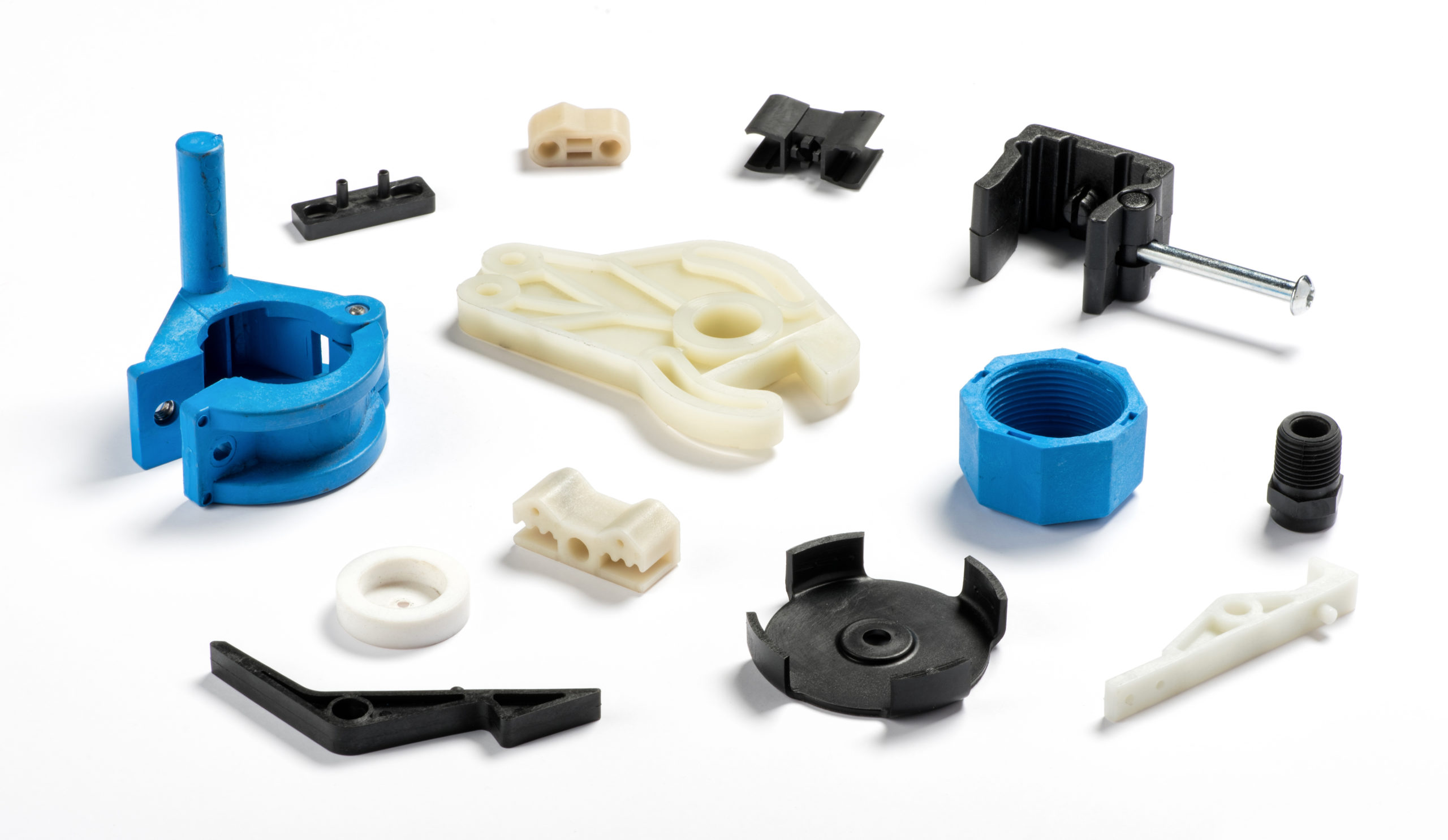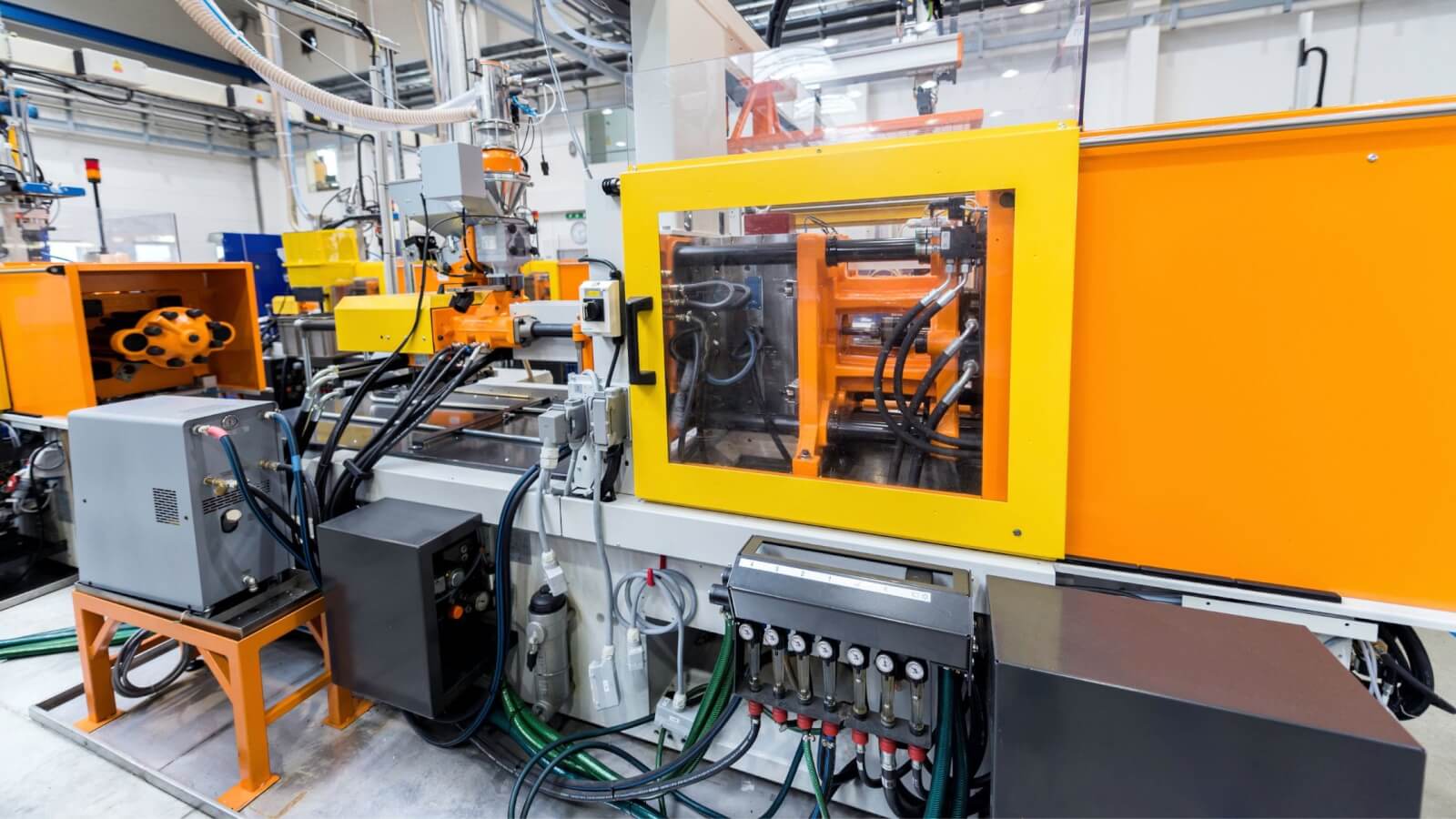The Influence of Plastic Injection Molding on Lowering Manufacturing Expenses and Waste
The Influence of Plastic Injection Molding on Lowering Manufacturing Expenses and Waste
Blog Article
Understanding the Fundamentals of Plastic Injection Molding Processes
Plastic injection molding serves as a foundation of contemporary production, giving a methodical approach to generating complex components with accuracy. Exploring these necessary elements could expose exactly how even minor modifications can lead to significant improvements in production results, elevating concerns concerning the potential for development in this well established process.
What Is Plastic Injection Molding?
Plastic shot molding is an extensively utilized production process that transforms thermosetting and thermoplastic materials right into precise and complicated forms. This strategy is favored for its capability to produce high volumes of the same parts with exceptional accuracy, making it a crucial method in numerous sectors, consisting of vehicle, customer products, and clinical gadgets.
The procedure entails melting the chosen plastic material and infusing it into a mold under high stress. The mold and mildew, made to the specifications of the desired part, permits the molten plastic to take shape as it strengthens and cools down. Once the product has actually set, the mold and mildew is opened up, and the completed element is expelled.
Plastic injection molding provides numerous benefits, including lowered waste, uniformity in production, and the capacity to include intricate styles that may be challenging with various other producing approaches. In addition, it supports a broad series of materials, each giving one-of-a-kind residential or commercial properties that can be customized for details applications. As markets remain to introduce, plastic shot molding remains at the forefront, making it possible for the advancement of innovative products that fulfill evolving consumer needs.
The Injection Molding Refine
The injection molding process is an innovative strategy that includes several key phases to generate top notch plastic components. At first, plastic pellets are fed right into a warmed barrel where they are merged a viscous fluid. This molten plastic is after that injected under high stress right into a precision-engineered mold, which shapes the material into the wanted form.
Once the mold is filled up, the plastic is allowed to solidify and cool, taking the shape of the mold tooth cavity. Air conditioning time is critical, as it impacts the cycle time and the last properties of the molded component. After enough cooling, the mold and mildew opens, and the ended up element is ejected making use of ejector pins.

Products Made Use Of in Injection Molding
Numerous materials can be made use of in the injection molding procedure, each offering distinct buildings that deal with certain applications. One of the most commonly used materials include thermoplastics, thermosetting plastics, and elastomers.

Thermosetting plastics, like epoxy and phenolic resins, undergo a chemical modification during the healing procedure, leading to an inflexible, stringent framework. These materials are suitable for applications requiring high warm resistance and structural honesty, often made use of in electrical insulators and automobile components.
Elastomers, including silicone and rubber-based products, supply flexibility and strength. Their one-of-a-kind buildings make them ideal for applications that demand elasticity, such as seals and gaskets.
Furthermore, specialized products like bio-based plastics and composites are obtaining traction for their ecological benefits and enhanced efficiency features, broadening the extent of shot molding applications in numerous industries. Comprehending the residential or commercial properties of these materials is vital for selecting the suitable kind for certain tasks.
Benefits of Shot Molding
Injection molding attracts attention as a highly reliable manufacturing process that uses various benefits for producing intricate components with accuracy. Among one of the most significant benefits is the capacity to produce detailed designs that would certainly be challenging or impossible to accomplish with various other techniques (Plastic Injection Molding). The process permits limited tolerances and in-depth functions, making sure high-grade components
Additionally, shot molding is known for its quick production abilities, making it an ideal choice for high-volume manufacturing. Once the mold is created, components can be generated swiftly, minimizing lead times and increasing general productivity. This performance not only lowers production costs but additionally provides an affordable edge in the marketplace.
The adaptability of materials utilized in shot molding even more enhances its charm. A large range of thermoplastics and thermosetting polymers can be utilized, allowing makers to select products that best satisfy their particular needs, consisting of toughness, versatility, and heat resistance.
Furthermore, the procedure minimizes waste, why not try here as excess product can commonly be reused and recycled. This sustainability aspect adds to a lowered environmental effect, making shot molding a responsible production selection. Generally, the benefits of shot molding make it a recommended method for lots of sectors.
Aspects Impacting Item Top Quality
While many elements can influence product quality in injection molding, understanding these elements is crucial for achieving ideal outcomes. Secret aspects include material choice, processing parameters, and mold and mildew design.
Product choice plays an essential function, as various polymers display distinct residential properties that impact flowability, strength, and thermal stability. Insufficient product choice can result in issues such as warping or insufficient dental filling.
Processing specifications, including cycle, temperature level, and pressure time, must be carefully regulated. Variations in these setups can cause disparities in component measurements and surface coating. For example, excessively heats might trigger Web Site deterioration of the polymer, while inadequate pressure can cause short shots.
Mold and mildew design is equally vital, as it identifies the circulation of the molten plastic and the cooling process. Badly designed molds might lead to irregular air conditioning rates, resulting in recurring anxieties and dimensional errors.

Conclusion
To conclude, plastic injection molding functions as an essential production procedure that enables the effective production of look at this web-site premium elements. Mastery of the injection molding procedure, including the understanding of products and the impact of numerous aspects on product top quality, is vital for attaining optimal outcomes. The advantages of this method, such as cost-effectiveness and layout versatility, more underscore its significance across numerous sectors, solidifying its condition as a recommended choice for high-volume manufacturing.
Plastic shot molding offers as a cornerstone of contemporary manufacturing, offering a methodical method to creating complicated parts with accuracy.Plastic shot molding offers several advantages, including minimized waste, uniformity in manufacturing, and the ability to incorporate elaborate layouts that might be challenging with other manufacturing techniques (Plastic Injection Molding). As industries proceed to introduce, plastic injection molding remains at the forefront, making it possible for the advancement of sophisticated items that fulfill evolving consumer needs
The injection molding process is an innovative strategy that entails several key stages to create top quality plastic components.In verdict, plastic shot molding serves as an important production procedure that makes it possible for the efficient production of top notch elements.
Report this page